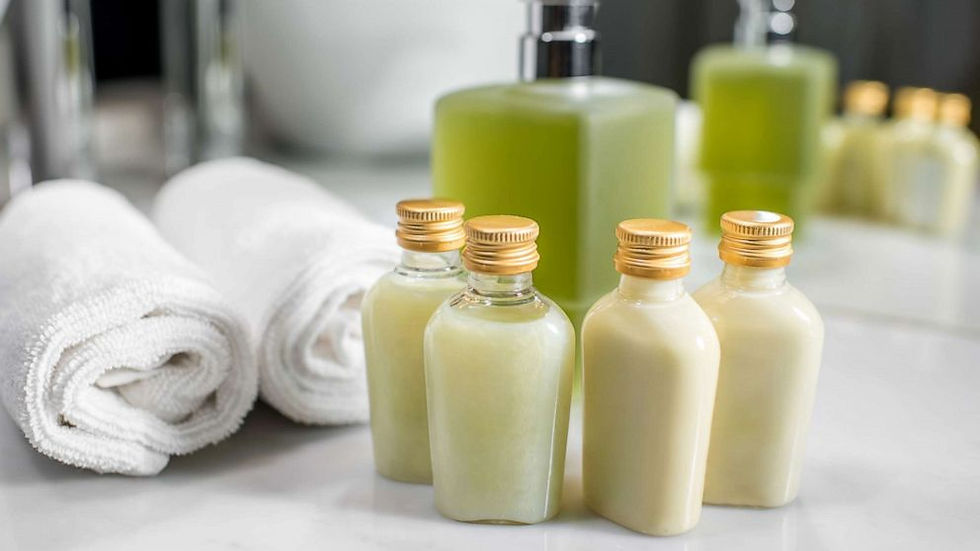Formulating with Fragrance
- Chemia
- Feb 10, 2020
- 2 min read

Fragrances are used in all types of cosmetic and toiletry products to enhance the characteristics of that product. However, fragrance can also play a key role in conveying or supporting a marketing concept or brand image to the consumer. The type and level of a fragrance depends a lot on the nature of the product and the market it is intended for. Three key product categories are considered below.
Soap
The fragrancing of soaps represents one of the largest uses of perfume oils in the cosmetics and toiletries industry. Use levels range from 0.2% - 3.0% depending on the specific application and formula. The final pH of products contained in this category varies significantly. As a result, the type of fragrance used should be carefully considered when the product has a highly alkaline or highly acidic pH range. For example, a high pH can quickly hydrolyze esters present in the fragrance, while acidic environments can cause stability problems with many aroma chemicals. Discoloration can also be an issue when working with clear or lightly colored soap bases. This is especially true of Vanilla fragrances. Medicated soaps normally contain germicides and antibacterial agents which themselves impart a strong often medicinal odor. When these ingredients are present the perfumer can formulate a fragrance to work synergistically with these odors (or mask the odor in the base) to elicit a pleasantly scented finished product.
Shampoo
Shampoo normally contains perfume oils at a level of 0.2% - 1.0%. Unlike hand soap, shampoos require the use of additional additional additives and performance ingredients to lend specific characteristics to the product (rich lather, anti-static, anti-frizz, etc.) Fragrances must support the brand image of the product. They must be compatible with the additives used in the formulation and solubility is extremely important. Clear shampoo formulations with lower surfactant solids must have a fragrance with good solubility characteristics and a low potential for discoloration. Care must always be taken to ensure that the perfume oils do not interfere with the viscosity of the product.
Creams and Lotions
Fragrances are normally added to creams and lotions at levels of between 0.1% - 0.5%. These products are based on emulsion systems containing both an oil phase and water phase. Fragrance oils will partition between these phases and as a result the same fragrance may smell completely different in a water-in-oil based system as opposed to an oil-in-water system. Perfume oils can also have an effect on the rheology of an emulsion, generally causing them to thin. Again, color is an important factor since lotions and creams tend to be white or very light colored and since the base usually has a waxy/ fatty odor, the fragrance should be designed to cover this smell.
Adding fragrances can be of much benefit to your product depending on your goal and target. If you have any further questions about adding fragrances or want help matching a fragrance to your product, don't hesitate to call us at 314-567-0013 or email info@chemiacorp.com and we'll be happy to help.

Comentários